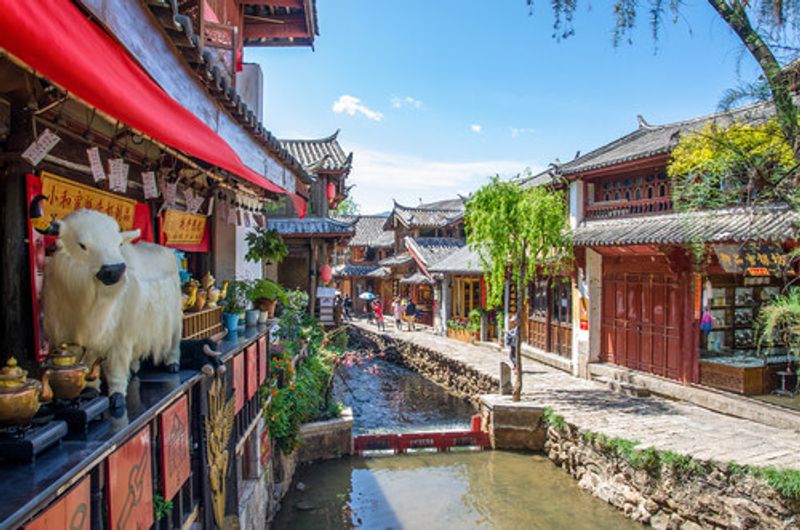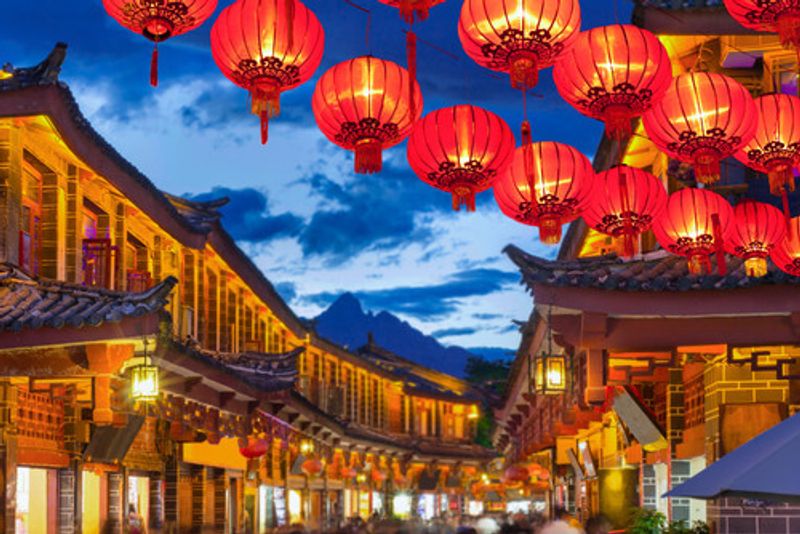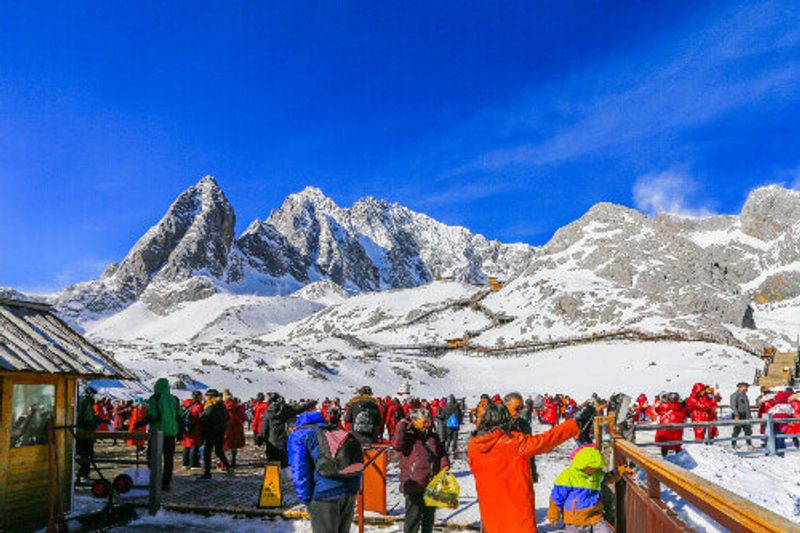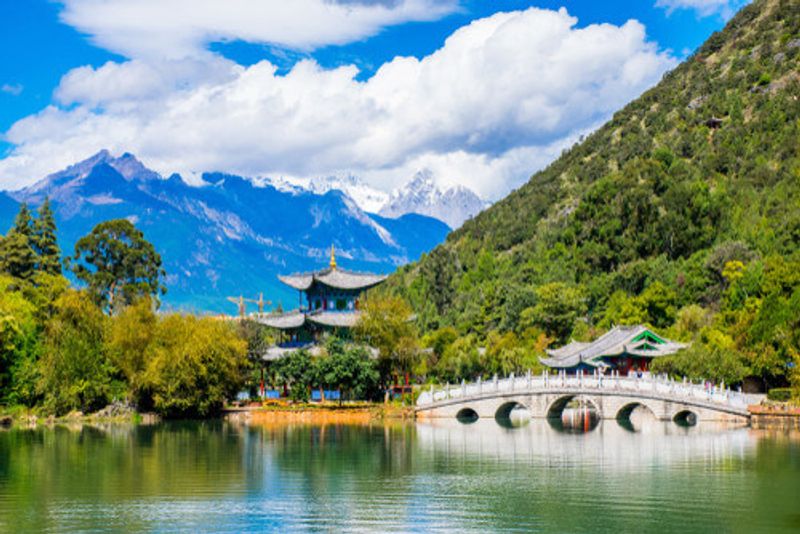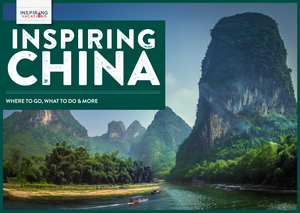Sitting below snow-capped mountains this stunning ancient town is home to one of China’s more interesting minority groups
Nestled among the snow-capped mountains in the foothills of Tibetan Himalayas is the ancient town of Lijiang. Lijiang was once a sleepy backwater town home to the Naxi people. A remote mountain town where anthropologists discovered one of the world’s only matrilineal societies. The Naxi women leave their inheritance to their daughters and they pick the men they want to marry. Leading the feminist way, centuries before the west even knew the word.
Naxi people are recognised by their long blue dresses adorned with richly embroidered jackets and black headdresses. The big silver earrings they often wear can also be found for sale in the many new markets and shops that have sprung up in this town.
There are many similarities between the larger, livelier southern town of Dali and Lijiang in that they are both ancient hillside towns but the differences in architectural style, minority culture, cuisine and even weather make them distinct from each other and both certainly worthy of a visit.
Lijiang is an architectural gem, packed with beautiful low rise wooden homes, courtyards and temples. Although the town was an integral part of the famous thousand-year-old tea and horse caravan route, its remote mountainous location kept much of the modern world at bay. As the region has developed economically, its infrastructure has been improved and today, domestic tourists have created a vibrant bustling town.
Visitors can stay in one of many courtyard guesthouses and hotels that make up much of the old town. Carp-filled pools and rivers criss-cross the town, as runoff from the snow-capped mountains flows through small canals and waterways across the town.
Red lanterns hang from the gables of these ancient buildings that look like something drawn from Kungfu Panda – unreal in their beauty. The lights reflecting off the waters as night envelopes the town.
The snow-capped Jade Dragon Snow Mountain dominates Lijiang’s skyline and trips to the mountain are plentiful. In winter suitable clothing is necessary as it can get very cold up there at these high altitudes. Visitors hop on 'green buses' that take them through the national park, where they can jump off at various sites for photos of the crystal clear waters and waterfalls that flow out from the dense woodland. Great hairy yaks and wild horses look up at from their grazing as the buses deposit their loads but seem barely bothered by the clicking of cameras.
Further north is Tiger Leaping Gorge, named after a tiger who leapt over the great gorge to escape a hunter. Huge torrents of water thunder through this deep awe-inspiring gorge carved between the Jade Dragon Snow Mountain and the Haba Mountain. Melt water cascades down from the high mountains to join what is the very start of the Yangtze River – the longest river in Asia.
For 15 kms these rapids tear through the landscape creating a thunderous roar as they go. For those venturing further north towards the White Water Terraces, a narrow winding road follows the cliff tops along the route of the river for miles, providing those brave enough to take the journey with some stunning views across the countryside.
